"I, John... was on the island called Patmos, because of the word of God and the testimony of Jesus. I was in the Spirit on the Lord’s day, and I heard behind me a loud voice like the sound of a trumpet, saying, “Write in a book what you see, and send it to the Seven Churches.” Rev. 1:9-11
The Seven Churches mentioned by St. John in the Book of Revelations ( The Apocalypse) are all found in Turkey and each was a founding community of Christianity.In the book of Revelation of the Bible are written messages to seven of the most prominent churches of the Roman Province of Asia, which are located in western Turkey. When we use the word “church” we mean a group
of Christians, not a building.
The seven cities mentioned in Revelation form what the Rev. John Stott calls “an irregular circle”, and “are listed in the order in which a messenger might visit them if commissioned to deliver the letters”. Sailing from the island of Patmos, to which John had been banished, he would arrive at Ephesus. He would then travel north to Smyrna and Pergamum, southeast to Thyatira, Sardis and Philadelphia, and finish his journey at Laodicea. He would need only to keep to what Professor William Ramsey calls “the great circular road that bound together the most populous, wealthy and influential part of the Province, the west-central region.”

Philadelphia
Philadelphia lies in a valley at the foot of a mountainous plateau in west central Turkey. The low dark hill in the center of the picture shows the area of the ancient city. The kings of Pergamum founded Philadelphia as an outpost of their realm in the second century B.C. The town was located along an important travel route that linked Pergamum in the north with Laodicea to the south. In New Testament times, Philadelphia was part of the Roman province of Asia. The town was devastated by an earthquake in A.D. 17, and for a time people lived in fear of aftershocks. Philadelphia was rebuilt with help from the emperor Tiberius.

Smyrna
Smyrna was a port city in Asia Minor, in what today is Turkey. In ancient times Smyrna contended with Ephesus and Pergamum for the honor of being called the foremost city of Asia. Streets and buildings extended from the bay up the sides of the surrounding hills. Fountains flowed with the water from the city’s aqueducts. A theater on one of the highest slopes overlooked the lower city. Smyrna claimed to be the birthplace of the poet Homer and built a shrine in his honor. A library, gymnasiums, baths, and a stadium contributed to Smyrna's cultural life. The city attracted speakers like Apollonius of Tyanna in the first century and other renowned rhetors in the second century.

Ephesus
Ephesus was a major port city on the western coast of Asia Minor, in what today is Turkey. As a center for seaborne trade and the hub of the region’s road system, Ephesus was a thriving urban community. By the late first century A.D. it was the fourth largest city in the Roman Empire. The Romans made Ephesus an administrative center for the province of Asia. The governor and other officials from Rome entered the province through the harbor and conducted much of their business in the city. Renowned religious shrines, a spacious theater, stadium, and elegant public buildings gave Ephesus an integral place in the cultural life of the entire region. In the mid-first century A.D., Paul worked at Ephesus for several years (see Ephesus on the Journeys of Paul web site). Click "city tour" on the left to continue

Pergamum

Pergamum
Pergamum was a major city in western Asia Minor in New Testament times. It lies in a spacious valley, sixteen miles from the Aegean Sea in what is today the country of Turkey. In the centuries before Christ, Pergamum was the capital of an independent kingdom. Its impressive temples, library, and medical facilities made Pergamum a renowned cultural and political center. By the time Revelation was written, Pergamum had become part of the Roman Empire, but because of its location and importance, the Romans used it as an administrative center for the provinc
 e of Asia.
e of Asia.Sardis
Sardis was one of the legendary cities of Asia Minor in what is today Turkey. In the seventh century B.C., Sardis was the capital of the kingdom of Lydia. Gold was found in the river near Sardis and the kings who lived there were renowned for their wealth. The Persians captured Sardis in the sixth century and made it the administrative center for the western part of their empire. The fabled "royal road" connected Sardis with the Persian cities to the east. In New Testament times, Sardis was part of the Roman province of Asia

Laodicea Ruins

Laodicea lies at a major crossroads in the valleys of Asia Minor, in what today is Turkey. The city was situated on a hill overlooking fertile valleys and majestic mountains. In Roman times, the city was an important center for administration and commerce. Court cases from the region were heard at Laodicea and funds were placed in the city's banks for safekeeping. Although damaged by earthquakes during the reign of Augustus (27 B.C.-A.D.14) and again in A.D. 60, the city kept rebuilding and prospering.
The Seven Churches mentioned by St. John in the Book of Revelations ( The Apocalypse) are all found in Turkey and each was a founding community of Christianity.In the book of Revelation of the Bible are written messages to seven of the most prominent churches of the Roman Province of Asia, which are located in western Turkey. When we use the word “church” we mean a group of Christians, not a building.
The seven cities mentioned in Revelation form what the Rev. John Stott calls “an irregular circle”, and “are listed in the order in which a messenger might visit them if commissioned to deliver the letters”. Sailing from the island of Patmos, to which John had been banished, he would arrive at Ephesus. He would then travel north to Smyrna and Pergamum, southeast to Thyatira, Sardis and Philadelphia, and finish his journey at Laodicea. He would need only to keep to what Professor William Ramsey calls “the great circular road that bound together the most populous, wealthy and influential part of the Province, the west-central region.”

Patmos
John, the writer of Revelation, received visions while on the island of Patmos, which lies 37 miles from the western coast of Asia Minor. The island is about 9 miles long and about 2 and a half miles wide, although it broadens to a width of 6 miles across its extreme northern end. The deeply indented coastline consists of ridges and hills that rise from the Aegean Sea. Residents of the island shared in the culture of the Greco-Roman world. Their institutions and religious beliefs corresponded to those of most Greek cities.
Paul’s birthplace of Tarsus is one of the oldest settlements in Cilicia. Excavators working on the mound rising in the north-west quarter in the city have uncovered evidence of settlements here in the Chalcolithic, Early Bronze, Hittite, Hellenistic and Roman periods. Among the famous people of Tarsus is the name of Sit Aleyhisselam, known as Adam’s son Seth; he is reputedly buried in a mausoleum on the eastern side of Ulu Mosque.A somewhat later, and likewise legendary, burial is that at Donuk Tas of Sardanapalus, the Assyrian king who is sometimes credited with founding Tarsus in about 820 BC. The Emperor Julian the Apostate was buried in Tarsus after his defeat in his battles with the Persians in 364. The Emperor also died here, and his heir, Hadrian, who was with him, assumed the power.Alexander the Great marched through southern Anatolia in 334 BC enroute to his lightning conquest of the East. He stopped long enough in Tarsus to catch what was almost his death of cold swimming in the Cydnus River, The city has changed hands many times. The most famous person associated with Tarsus in religious history
is Paul the Apostle. Paul was born a Jew of the tribe of Benjamin in Tarsus about AD 10 and spent his early years here. While still a youth he was sent to Jerusalem to study with Gamaliel, a leading Jewish theologian. In Jerusalem he persecuted members of the new Christian community and was present when Stephen was stoned. Continuing his intent to stop the new group from spreading, Paul went to Damascus. Shortly before he arrived, he was struck blind with the vision of Jesus who called him to witness to the Gospel. From then on his life was devoted to that mission. Paul was back living in Tarsus when Barnabas recruited him to work with the church in Antioch-on-the-Orontes. Paul made two subsequent missionary journeys through western Anatolia and into Greece. Tarsus originally was a seaport on a lagoon at the mouth of the Cydnus River and into the 10th century it was a hideout for Arab pirates. Since then the coast has gradually moved farther and farther out into the Mediterranean Sea.Other Roman remains have been found in Tarsus. For example, the foundations of the Tarsus American Lycee are on top of vaults that probably were part of a Roman or Hellenistic hippodrome.
This city was founded by Antigonos and Lysimachos at the command of Alexander the Great. Because of its artificial harbor, Troas became a powerful and rich commercial town. This city was visited several times by St. Paul during his journeys.
 The House of the Virgin Mary (Turkish: Meryemana or Meryem Ana Evi, "Mother Mary's House") is a Christian and Muslim shrine located on Mt. Koressos (Turkish: Bülbüldağı, "Mount Nightingale") in the vicinity of Ephesus, in modern-day Turkey (7 km from Selçuk).
The House of the Virgin Mary (Turkish: Meryemana or Meryem Ana Evi, "Mother Mary's House") is a Christian and Muslim shrine located on Mt. Koressos (Turkish: Bülbüldağı, "Mount Nightingale") in the vicinity of Ephesus, in modern-day Turkey (7 km from Selçuk).It is believed by many Christians and Muslims that Mary, the mother of Jesus, was taken to this stone house by Saint John and lived there until her Assumption into Heaven according to Catholics or Dormition according to the Orthodox.[1]
 A part of the site, St. John's Basilica, was built in the 6th century AD, under emperor Justinian I over the supposed site of the apostle's tomb. It is now surrounded by Selçuk.
A part of the site, St. John's Basilica, was built in the 6th century AD, under emperor Justinian I over the supposed site of the apostle's tomb. It is now surrounded by Selçuk. The Greek goddess Artemis and the great Anatolian goddess Kybele were identified together as Artemis of Ephesus. The many-breasted "Lady of Ephesus", identified with Artemis, was venerated in the Temple of Artemis, one of the Seven Wonders of the World and the largest building of the ancient world according to Pausanias (4.31.8). Pausanius mentions that the temple was built by Ephesus, son of the river god Caystrus. [7] before the arrival of the Ionians. Of this structure, scarcely a trace remains.
The Greek goddess Artemis and the great Anatolian goddess Kybele were identified together as Artemis of Ephesus. The many-breasted "Lady of Ephesus", identified with Artemis, was venerated in the Temple of Artemis, one of the Seven Wonders of the World and the largest building of the ancient world according to Pausanias (4.31.8). Pausanius mentions that the temple was built by Ephesus, son of the river god Caystrus. [7] before the arrival of the Ionians. Of this structure, scarcely a trace remains.
Ephesus (Hittite Apasa; Ancient Greek Ἔφεσος; Turkish Efes) was a city of ancient Anatolia. During the period known as Classical Greece it was located in Ionia, where the Cayster River (Küçük Menderes) flows into the Aegean Sea. It belonged to the Ionian League.
Ephesus hosted one of the seven churches of Asia, addressed in the Book of Revelation of The Bible),[1] and the Gospel of John might have been written here.[2] It is also the site of a large gladiator graveyard.
The city was famed for the Temple of Artemis (completed around 550 BC), and both were destroyed by the Goths in 263. The emperor Constantine I rebuilt much of the city and erected a new public bath. The town was again partially destroyed by an earthquake in 614. The importance of the city as a commercial centre declined as the harbour slowly filled with silt from the river.
Today's archaeological site lies 3 kilometers south of the Selçuk district of İzmir Province, Turkey. The ruins of Ephesus are a favorite international and local tourist attraction, partly owing to their easy accessibility from Adnan Menderes Airport and via the port of Kuşadası.
Ephesus hosted one of the seven churches of Asia, addressed in the Book of Revelation of The Bible),[1] and the Gospel of John might have been written here.[2] It is also the site of a large gladiator graveyard.
The city was famed for the Temple of Artemis (completed around 550 BC), and both were destroyed by the Goths in 263. The emperor Constantine I rebuilt much of the city and erected a new public bath. The town was again partially destroyed by an earthquake in 614. The importance of the city as a commercial centre declined as the harbour slowly filled with silt from the river.
Today's archaeological site lies 3 kilometers south of the Selçuk district of İzmir Province, Turkey. The ruins of Ephesus are a favorite international and local tourist attraction, partly owing to their easy accessibility from Adnan Menderes Airport and via the port of Kuşadası.
Sources for Words and Images
Wikipedia





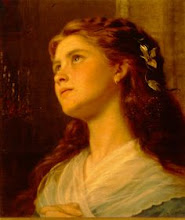

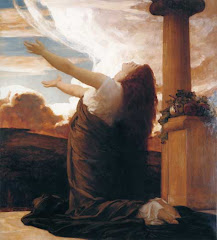






















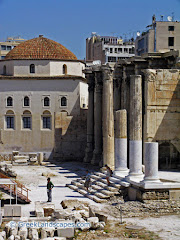

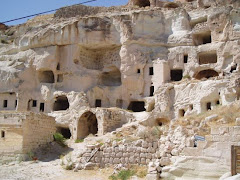

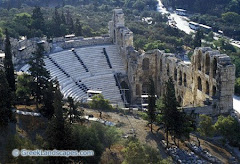







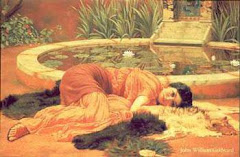





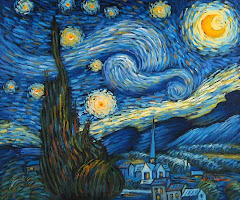







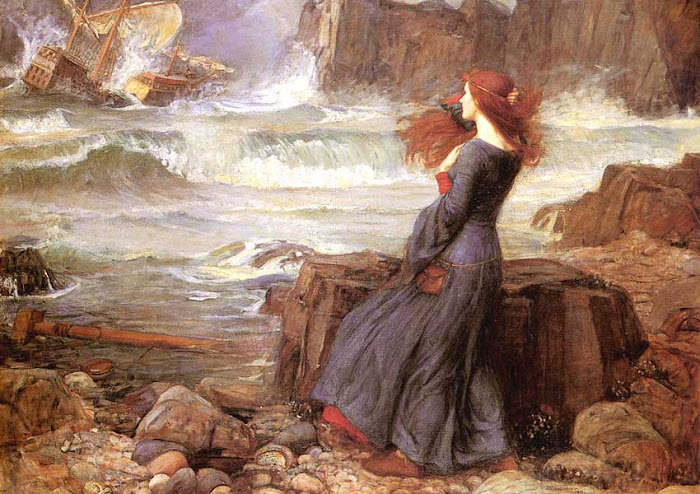
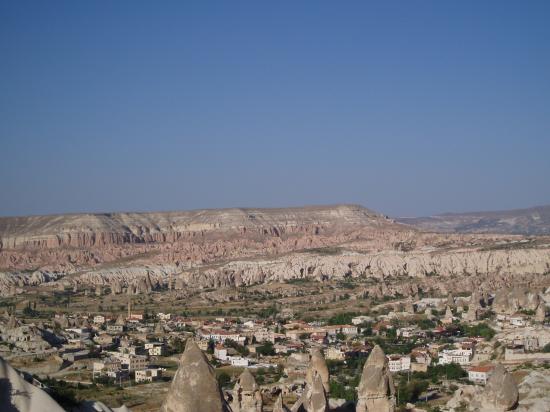
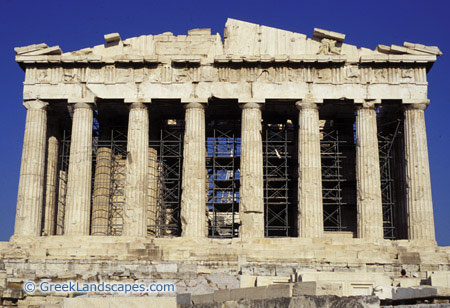


No comments:
Post a Comment